Every day, social service professionals tackle complex problems across varying domains, working to determine which interventions are likely to be effective, fair and within an agency’s capabilities.
For a struggling parent in danger of losing their home, which alternative would prove more helpful in the long run, housing assistance or job training? Might a child in an unstable home benefit more from food assistance or an after-school program?
To tailor the right interventions, professionals use the tools at their disposal, including training, experience and a wealth of data. Taking into consideration all the available data would be a tall order for any person, particularly when they are focused on the people they’re helping.
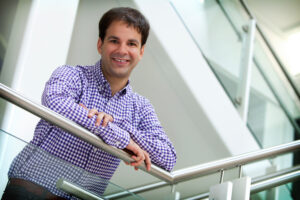
A new PhD program at Washington University in St. Louis is looking at developing additional tools for use in social services and other areas dealing with human and social behavior: computer programs that can use this wealth of data to help humans better understand problems in the social sciences.
This is the inaugural semester of the Division of Computational and Data Sciences (DCDS), one of a few of its kind in the country, which focuses on turning the computational lens on social sciences. The program has four tracks:
- computational methodologies,
- social work and public health,
- political science, and
- psychological and brain sciences.
Students come from either a computer science or social science background, but have a team of mentors from different disciplines and graduate as experts in a transdisciplinary field, creating something brand new.
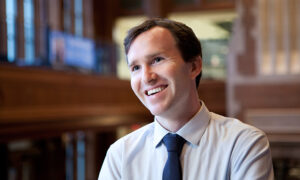
It’s not that the disciplines haven’t worked together in the past, said Sanmay Das, associate professor in the Department of Computer Science and Engineering and head of the computational methodologies track. It’s not unusual for him to be approached by a social scientist asking the help of machine learning to solve a problem that involves a lot of data.
“But what really gets me excited,” Das said, “is when a social scientist’s problem enables exciting conversations between the disciplines, leading to the discovery of a new problem that transcends traditional disciplinary boundaries.”
DCDS sits at that nexus of social science and computer science, where an interesting question in the former leads to an equally interesting question in the latter.
Das and Patrick Fowler, associate professor in the Brown School and head of the social work and public health track, have recently received two grants for projects that illustrate the potential power, and complexity, of marrying the disciplines.
Getting to the heart of the issue
Resource allocation is at the heart of both issues. What are the opportunities for, and the potential pitfalls of, algorithmic allocation of scarce social resources, such as affordable housing, substance abuse treatment or access to food?
In particular, Das and Fowler are looking at this question in the context of homelessness, housing insecurity and child maltreatment. With an expected $459,444 grant from the National Science Foundation (NSF), the two will study algorithms for the allocation and efficient use of scarce housing resources. A $299,996 NSF grant will go toward exploring algorithms to improve early screening and targeted assistance to families who are at risk of homelessness and child maltreatment.
Using data from Illinois, the two are working to assess the scope of housing problems that contribute to child maltreatment referrals. “There are always more people who need case management than can be allocated,” Fowler said. The agencies responsible for making decisions don’t always know which intervention is best. Does a family need rental assistance or landlord mediation? Or maybe housing isn’t the only predictor when it comes to child maltreatment.
“There could be a pattern where food assistance is actually a really good early intervention,” Fowler said. “This is where there could be efficiency gains.” Perhaps an algorithm could inform some decision making while having the added benefit of easing the burden on caseworkers.
The other project focuses directly on homelessness itself. In any community, there are limited resources. When it comes to housing, that could mean a bed in a shelter, help paying rent or a temporary home.
“Suppose we can better measure what’s the actual best bundle of resources to provide someone,” Das said. “Would that enable us to achieve better overall outcomes with a similar budget? Are we missing out because there are people who could be helped with more lightweight interventions as opposed to more heavyweight interventions?”
Ensuring fair interventions
Whatever the interventions being considered, Das said, and in DCDS, the aim is to ensure those interventions are just. But that notion of justice is not clear-cut, not in the realm of the social sciences, and certainly not in computer science.
“What are the consequences of trying to adhere to notions of justice, and do decision-making that thinks of equity and efficiency in the same breath?” Das asked.
Neither Das nor Fowler are under the impression that there are simple answers to this or any of the questions that they’ll be exploring with their students.
“One of the goals of the projects is to figure out what we know and don’t know,” Fowler said, “and make sure that we’re not being overconfident based on the information we have.”
Simply entertaining the notion that a computer algorithm has any role to play in the domain of the social sciences is possible only because of modern advances in machine learning and the vast amounts of data now available, not just to social scientists, but also to engineers.
“We know a lot of details about households that go into social services,” Das said. “We will know, is this a single mother? Is this a family? What are the ages? Are there abuse problems? Medical problems? How much money can you expect the household to have per month?”
But it’s not that this data will be plugged into a computer, and a suggestion like temporary housing and substance abuse counseling will appear on the screen. The algorithm’s outputs will be scrutinized and used to improve its ability to hit those three marks: justice, fairness, and efficiency.
“Computer scientists often don’t want to tackle these questions because they are harder to formalize in a crisp, analytical way,” Das said. But those are just the kinds of intellectually stimulating questions that DCDS was created to for — partly because they are more than simply interesting engineering questions.
“This work is inherently motivated by social justice, in some sense we are always dealing with the ethics of this,” he said. “If we weren’t doing that, it wouldn’t be intellectually stimulating for us,” Das and Fowler both agreed.

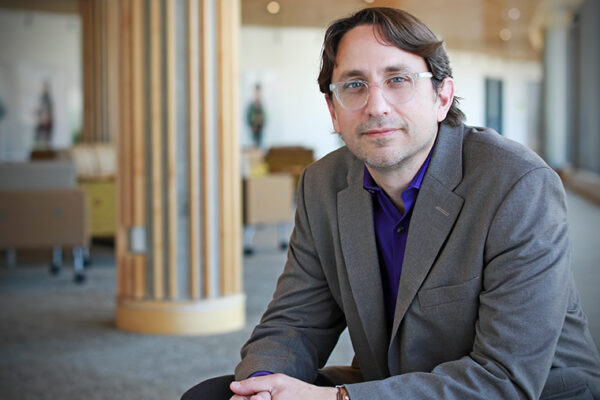
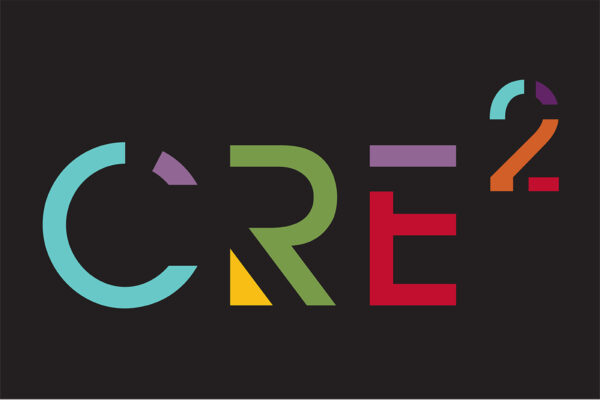
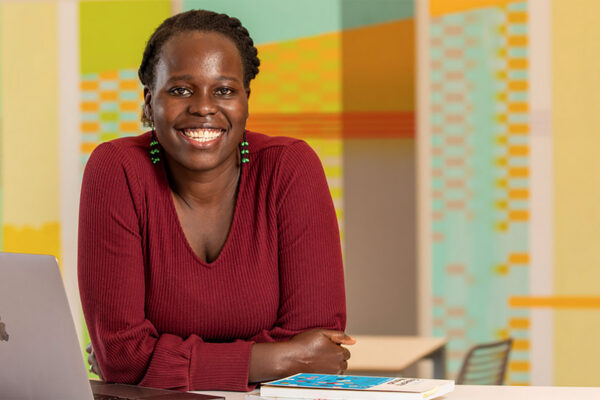
Comments and respectful dialogue are encouraged, but content will be moderated. Please, no personal attacks, obscenity or profanity, selling of commercial products, or endorsements of political candidates or positions. We reserve the right to remove any inappropriate comments. We also cannot address individual medical concerns or provide medical advice in this forum.